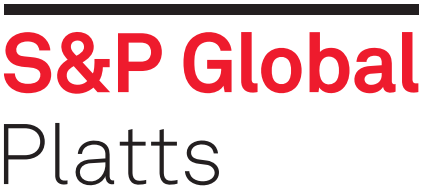German steelmakers Dillinger and Saarstahl will start operating a syngas-hydrogen-based pilot plant by mid-year in cooperation with engineering company Paul Wurth in a move that could cut carbon emissions by 12%, the two sister companies said April 29.
The pilot plant currently in construction will use gas produced in the coke oven of the steelmakers’ Rogesa subsidiary and convert it to syngas, enriched with hydrogen and then used as a reducing agent for the reduction of iron ores. The syngas will then be injected into the blast furnace, which should lead to a “significant reduction in coke consumption and thus to a reduction in carbon emissions.”
“The use of process gases for metallurgical purposes makes it possible to cut carbon emissions by up to 12%,” said Karl-Ulrich Kohler, chairman of the management board of Dillinger and Saarstahl. “By using hydrogen, we can further improve and actually nearly double the potential reduction of carbon. The creation of an adequate energy infrastructure is a precondition for this.”
Once the pilot plant is operational, the next project phases will be developing the process to semi-industrial and later to industrial scale with support from public funding with the aim to produce large quantities of synthesis and inject them into a blast furnace.
The project “H2Syngas” is part of a cross-border hydrogen project in the Saar region.
In a report this week, the Energy Transitions Commission said it identified the steel industry as an area where hydrogen application is likely to develop over the longer term “as the relevant application technologies develop and capital assets are replaced.” By 2050, hydrogen could account for 50% of the final energy demand in the steel sector, it said.
The report, Making the Hydrogen Economy Possible, said that, in the shorter term, hydrogen could be co-fired with coal in blast furnaces.
“Using hydrogen as the reduction agent rather than coking coal may increase steel prices by 40%,” it said, but added that the “green consumer premium” would be much less significant in finished products, adding less than 1% to the cost of a vehicle built with 1 mt of steel.
In addition, the ETC highlighted that constraints on the location of hydrogen production facilities could lead to changes in optimal locations for steel plants. Industrial clusters around a set of linked hydrogen infrastructure would be one such model, the commission said.
— Laura Varriale, James Burgess






